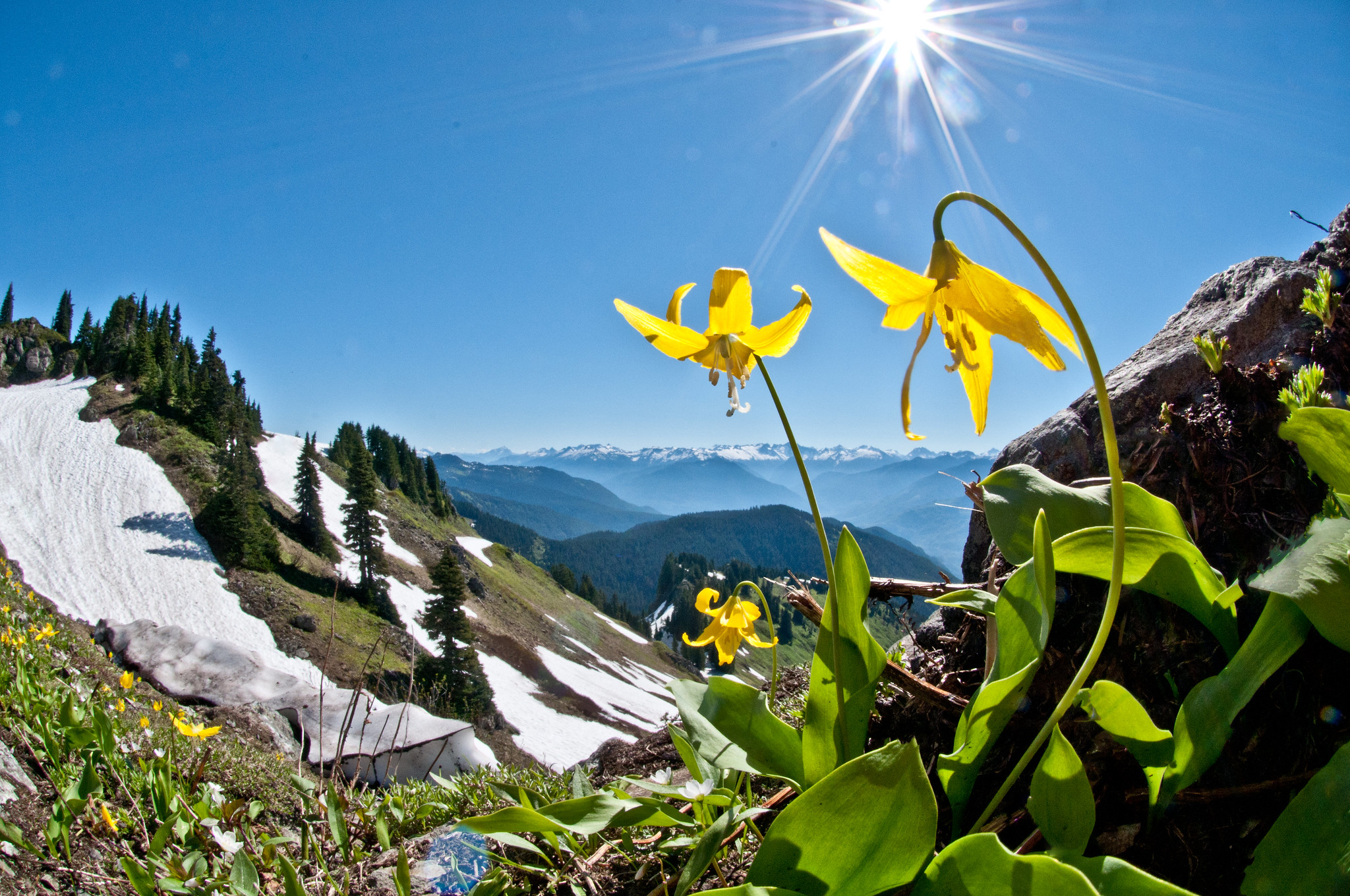Sep 27 2019
Often considered a hindrance to vegetation in milder climates, snow plays a vital role in stabilizing and sustaining many Alpine ecosystems. During the winter, snow acts as protective thermal insulation for plants and animals lying dormant underneath. During the growing season, annual snowmelt provides important sources of moisture throughout the spring and summer, and supports countless downstream environments from alpine marshes to sub-alpine meadows.
Where shelter from dispersive winter winds and low-spring temperatures allow snow to accumulate and persist deep into summer, unique snowbed communities are formed. Here distinct concentric rings with different species assemblages develop as they are sequentially exposed by snow melt. Those plants and lichens found nearest to the center of the circle are adapted to endure an extremely short growing season (or none at all for years at a time). Snowbed specialists, such as Alpine Pearlwort (Sagina saginoides), can survive only within this narrow window of conditions and depend heavily upon the timing and abundance of snow cover. Scientists predict that global warming trends have the potential to eliminate many of these communities from Alpine areas.






